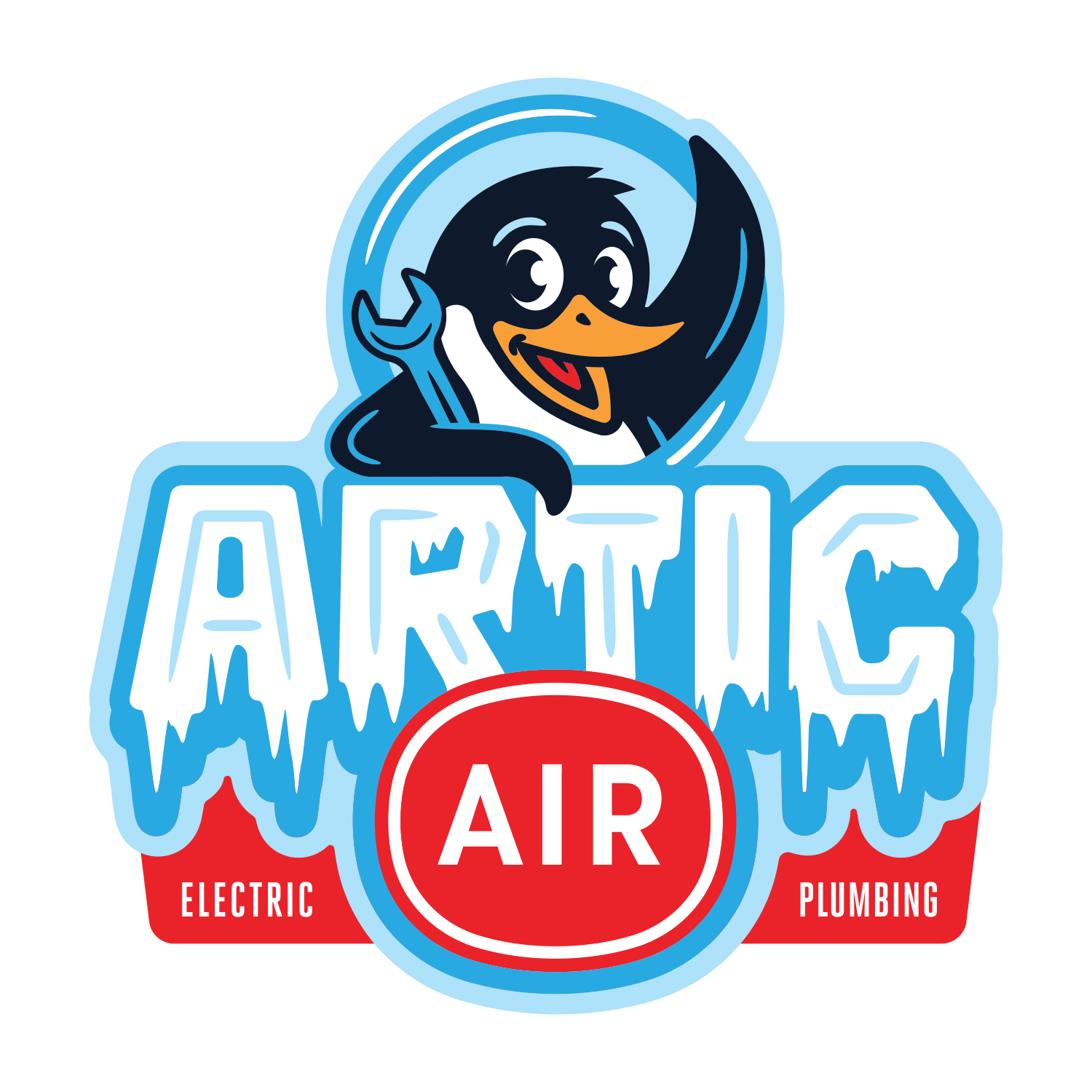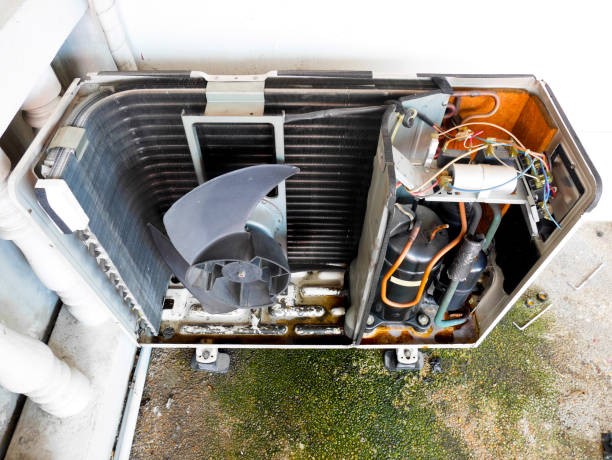In the quest to save on energy bills, homeowners often overlook one common culprit: the old thermostat. While it may seem like just another part of your HVAC system, an outdated thermostat can indeed be silently inflating your energy costs. Understanding how this happens and what you can do about it is key to managing your home’s energy efficiency.
How Old Thermostats Cost You More
- Lack of Programming Features:
Older thermostats generally lack the programming capabilities found in newer models. Modern programmable thermostats allow you to set temperatures according to your schedule. This means the heating or cooling can be dialed down when you’re not home or at night when it’s cooler. Without these features, your system may be running unnecessarily, leading to higher energy consumption.
- Inaccurate Temperature Control:
As thermostats age, their sensors can degrade, leading to less accurate temperature detection. This inaccuracy can cause your HVAC system to run longer than necessary or start and stop more frequently, which not only increases your bills but also puts extra wear on your system components.
- Lack of Energy-Saving Technology:
Newer thermostat models often come with technology designed to save energy, such as learning your preferences and adjusting settings for optimal energy use or even suggesting the best energy-efficient settings. Old thermostats simply can’t match this level of efficiency.
Benefits of Upgrading Your Thermostat
- Enhanced Control and Convenience:
Upgrading to a smart thermostat gives you unparalleled control over your home’s climate. Many models can be controlled remotely via a smartphone app, which means you can adjust your home’s temperature from anywhere, ensuring it’s always just right when you arrive home.
- Significant Energy Savings:
Studies have shown that using a programmable thermostat can save you about 10% a year on heating and cooling costs by making smart adjustments based on your lifestyle and schedule.
- Improved HVAC Efficiency:
With precise temperature controls and schedules, modern thermostats help your HVAC system operate more efficiently. This not only lowers energy costs but also extends the lifespan of your system by reducing unnecessary strain.
- Energy Usage Reports:
Some advanced thermostats provide detailed reports on your energy usage, offering insights into how your home consumes energy and how you can further optimize to save money.
Making the Switch
Upgrading your thermostat can be a simple yet effective way to reduce your energy bills. For the best results, choose a thermostat that is compatible with your HVAC system and offers features that suit your lifestyle. Installation is typically straightforward, but professional installation can ensure that it’s done correctly and that you’re quickly up and running with your new energy-saving tool.
If you’re looking to cut down on your energy bills, don’t overlook the role of your thermostat. Upgrading an old thermostat to a newer, more efficient model isn’t just a minor improvement—it’s a cost-effective move that pays off in the long term. Not only will you see immediate reductions in your energy bills, but you’ll also enjoy a more comfortable, easily managed home environment.

